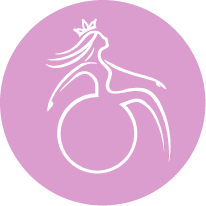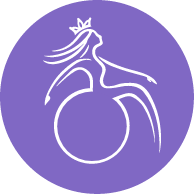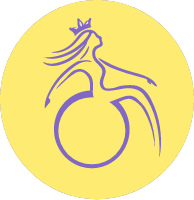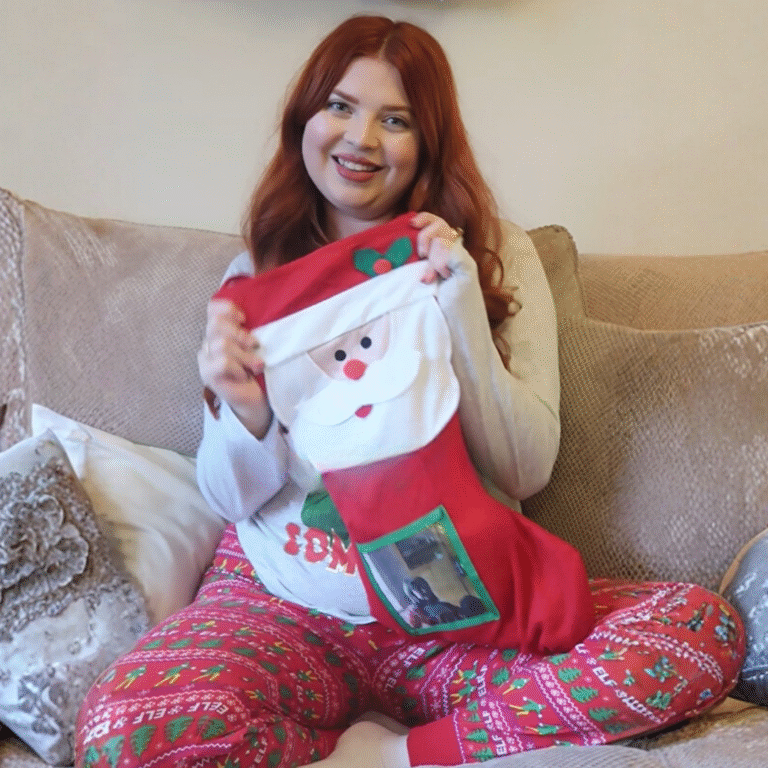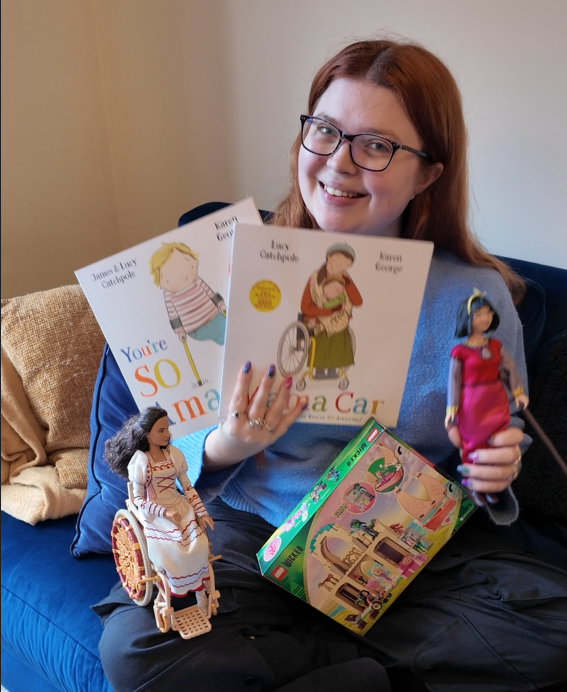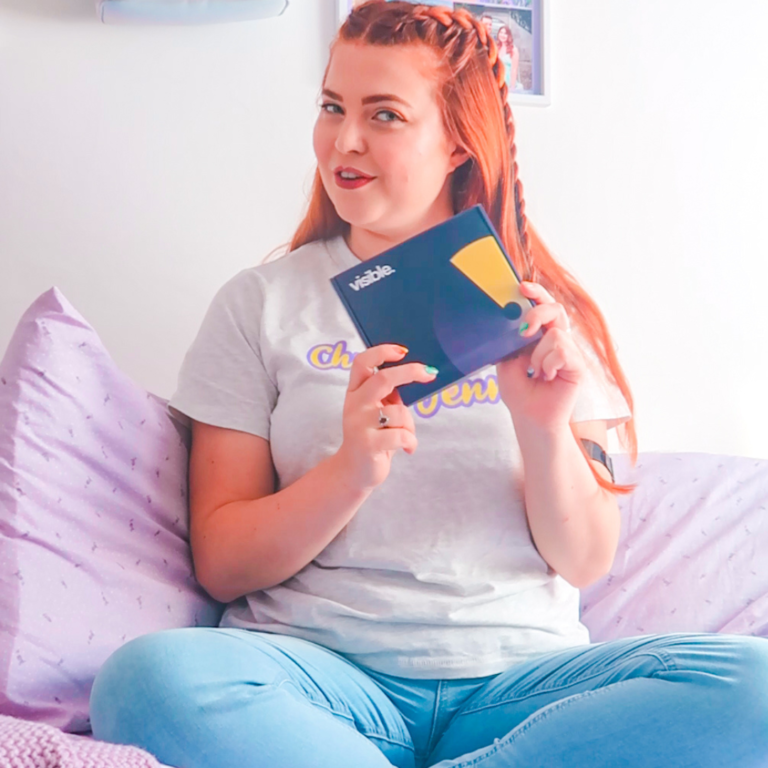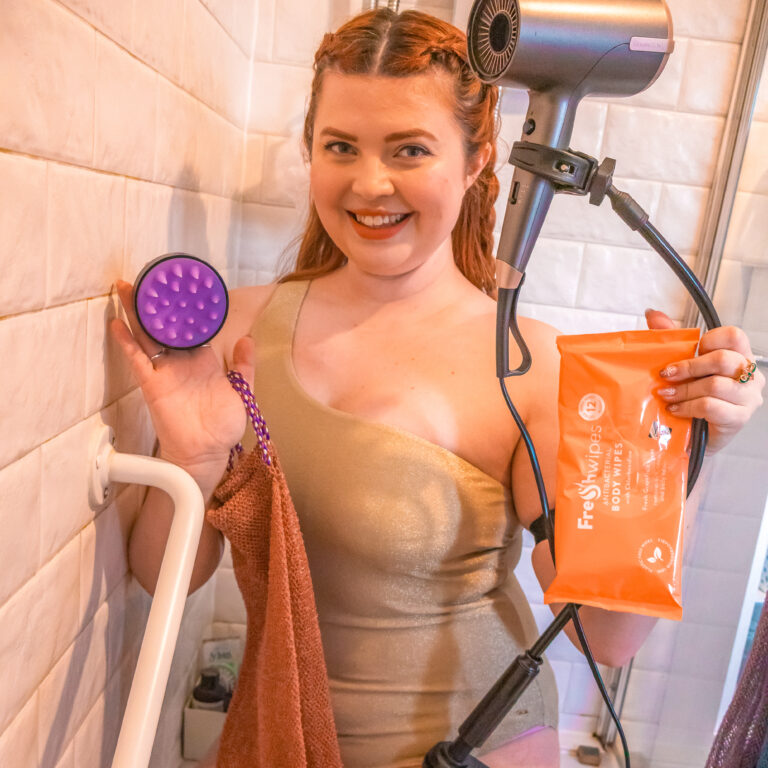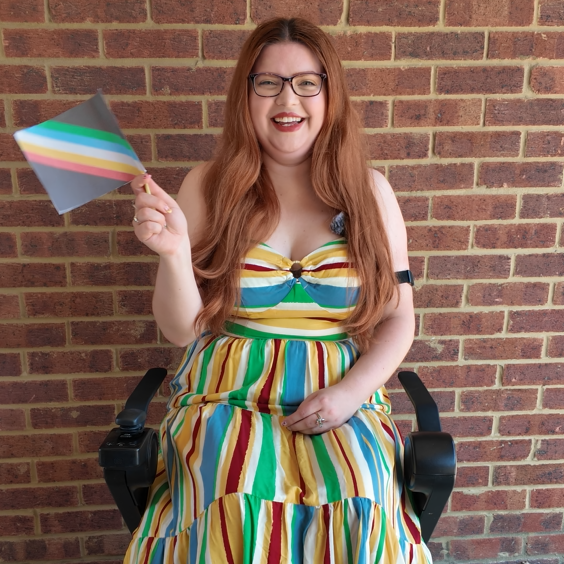
Every July, disabled people around the world celebrate Disability Pride Month, but many people still don’t know what it is or why it exists. Whether you’re disabled and looking for a sense of pride, or an ally hoping to learn, this post is here to help.
Disability Pride Month is about far more than visibility. It’s a celebration, a protest, and a reminder that disability is not a tragedy but merely a natural and beautiful part of human diversity.
Let’s break it all down.
What Is Disability Pride Month?
Disability Pride Month began in the United States in July 1990, the same month the Americans with Disabilities Act (ADA) was signed into law. Since then, it has grown into a global celebration of disabled identity, culture, resistance and joy.
It is not linked to LGBTQ+ Pride Month, although they fall close together in the calendar. They are entirely separate movements but many people identify with both.
The three main goals of Disability Pride Month are:
- To change the way people think about and define disability
- To help disabled people unlearn internalised ableism
- To promote the belief that disability is a natural part of human diversity that we can take pride in
It’s not about pretending disability is easy. It’s about saying: even though it’s hard, we’re still here. We’re proud. And we’re not going anywhere.
The Disability Pride Flag: What It Means and Why It Changed
Yes, there’s a Disability Pride Flag—and it’s full of meaning.
The original flag was designed in 2019 by disabled creator Ann Magill, featuring zigzag stripes to represent the complexity of disabled life and how we navigate a world that isn’t built for us. But the zigzags and bright colours caused accessibility issues for some people with migraines, epilepsy, and sensory sensitivities, especially when viewed on screens.
Instead of getting defensive, Ann listened to the community and collaborated with others to create the updated version we use today. It was a reminder that even within our own community, we’re still learning from each other.

What the Disability Pride Flag Represents:
- 🟩 Green: Sensory disabilities (e.g. blindness, deafness)
- 🟦 Blue: Mental illness
- ⬜ White: Invisible and undiagnosed disabilities
- 🟨 Yellow: Cognitive and intellectual disabilities (including neurodivergence)
- 🟥 Red: Physical disabilities
- ⬛ Charcoal background: Honours those lost not only to their conditions, but to ableism and inaccessibility
- ➖ Parallel stripes: Represent solidarity across our diverse community
It’s a flag that reminds us how broad and beautiful our community is. I proudly wear those colours in this video if you’d like to learn more:
▶️ Watch – Disability Pride Flag Explained
Why Disability Pride Matters (Especially in 2025)
This year, the stakes feel even higher.
In the UK, the government is proposing cuts to disability benefits like PIP. In the US, changes to Medicaid are threatening healthcare access for many disabled people. And between the effects of the pandemic & conflicts across the world we are facing multiple mass disabling events meaning there are more disabled people than ever. But globally, the narrative around disability is shifting in ways that often blame, shame or question us.
Too often, we hear things like:
- “Disabled people don’t want to work”
- “People are faking it for benefits”
- “You don’t look disabled”
Disability Pride Month is one way we push back.
It’s a chance to challenge those myths, reclaim our identities, and remind the world that disabled lives are worth valuing, not just accommodating.
Reasons to Be Proud of Being Disabled
Every Disability Pride Month I get asked by Disabled & Non-Disabled people alike: ‘Why would you be proud to be Disabled?!’. And this is why think Disability Pride is SO important because society has taught us we are burdens when we deserve to be able to be accepting and proud of ourselves for exactly who we are! It isn’t about pretending everything is easy, it’s about highlighting the ways society makes things more difficult for us, it’s about celebrating the strength, insight and joy that exists in our community because of, not in spite of, disability. Here are just a few reasons many of us feel proud to be disabled:
1. We are adaptable and innovative.
Living in a world that isn’t built for us has made us creative problem-solvers. From mobility hacks to access activism, we learn to adapt and thrive.
2. We are resilient.
Managing daily life with chronic illness or disability requires strength; physical, emotional and mental. Many of us show up each day while navigating barriers that others never see.
3. We are compassionate.
Our lived experiences often make us deeply empathetic and supportive of others. Disability brings perspective, understanding and a strong sense of community.
4. We come from a legacy of change-makers.
From Judy Heumann to local activists and community builders, disabled people have always been at the forefront of advocacy and progress. Pride is also about honouring those who came before us.
5. We’re part of a joyful, diverse community.
There’s no one way to be disabled, and that’s the beauty of it. Our community spans all backgrounds, identities and experiences, and we celebrate each other in ways that many outside the community don’t always see.
6. We deserve to be proud of ourselves.
Whether it’s getting out of bed, attending a medical appointment, completing a degree or simply surviving a tough day; disabled achievements (big or small) are real, valid and worth celebrating.
5 Things We Wish More People Knew About Disability
Here are just a few things the disabled community wants allies to understand:
1. Disability is incredibly diverse.
It can be visible or invisible, physical or cognitive, stable or fluctuating. You can’t always tell if someone is disabled by looking at them. And this isn’t a threat, but it is the only minority group that anyone can join overnight.
2. Most disabled people want to work.
But the barriers to employment are often physical, systemic or bureaucratic. In the UK right now Out of 105000 Jobs there are only 11 ‘disability confident’, fully remote, part-time jobs available. Even on a hybrid model there are only 63 jobs available and many of these need extremely specific skillsets. It’s not about motivation, it’s about access. And let’s be clear: disabled people who can’t work are no less valuable than those who can.
3. Being disabled takes time, planning and energy.
Everything we do, from travelling to getting dressed, takes extra time, planning and money. It costs £1095 more per month to live as a disabled person in comparison to our non-disabled peers due to extra costs from buying equipment to higher heating, electric or water bills. Applying for support, like PIP, is often extremely time consuming & can be traumatising. We’re forced to prove how hard life is, again and again, just to survive.
4. The majority of disabilities are invisible.
The majority of people with disabilities, around 70-80%, have a non-visible disability meaning you won’t know if someone is disabled or not just by looking at them. Mental illness and neurodivergence are disabilities. Plus, living with any kind of disability can have a massive impact on your mental health and there is no specialised support to help with this. Just because you cannot see someone’s disability doesn’t make it any less valid!
5. Disability isn’t automatically sad or tragic.
I’m not going to sit here are pretend that Disability is easy because it can be so tough, but it can also be full of love, joy, humour and growth. It’s about recognising that our lives are valuable, messy, and meaningful, just like anyone else’s. Our lives are rich, complex and worthy of celebration.
How to Support Disability Pride Month
Want to support disabled people this month and beyond? Here’s how:
For Allies:
- Learn from disabled creators – It’s so important to learn from people with lived experience & value their time.
- Make your content and events accessible. (captions, image descriptions, step-free info)
- Speak up when you see ableism, even if it’s uncomfortable.
- Don’t expect disabled people to share their trauma just to be believed.
- Include Disability Pride in your workplace or school’s diversity calendar.
For Disabled Folks:
- You don’t owe anyone your diagnosis, trauma or explanation.
- You’re allowed to be proud, even on hard days.
- Community matters, you’re not alone!
- Rest is not laziness. It’s survival. And that’s valid too.
Final Thoughts
Disability Pride Month isn’t just about flags and hashtags. It’s about visibility, truth-telling, and taking up space.
It’s about recognising that disabled lives are not broken, they are beautiful, varied, and valuable.
And it’s about making sure that disabled people are part of the conversation all year round, not just in July.
If you’ve made it this far, thank you for reading. I’d love to hear what Disability Pride means to you or what you’ve learned from this post.
Want to go deeper? Watch my YouTube video:
▶️ What Is Disability Pride Month & Why It Matters More Than Ever
https://youtu.be/0ZslYmOwgCQ
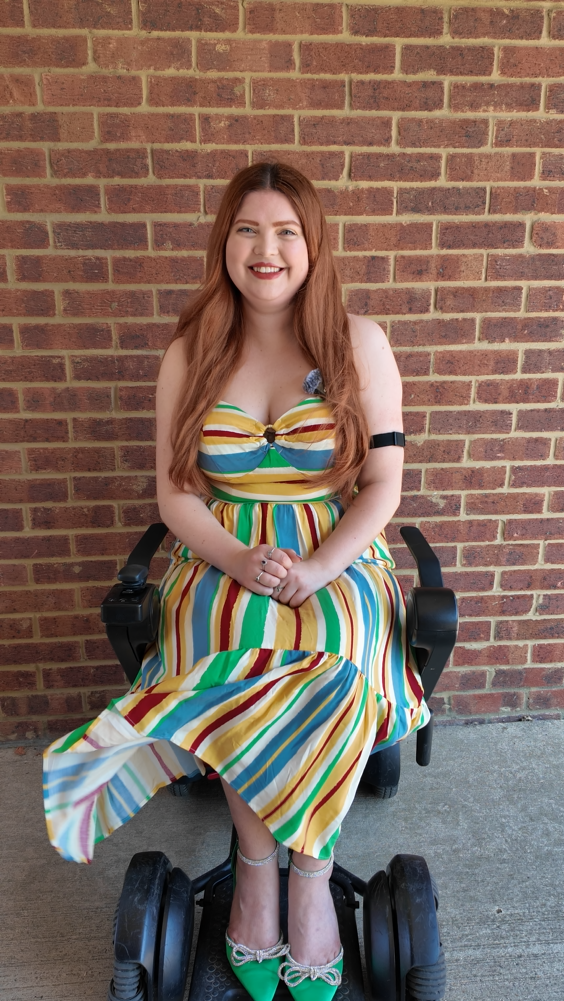
#DisabilityPrideMonth #DisabledAndProud #DisabilityAwareness #AccessIsLove #TakingThePIP #DisabilityPrideFlag #DisabilityJustice #ChronicIllnessCommunity

